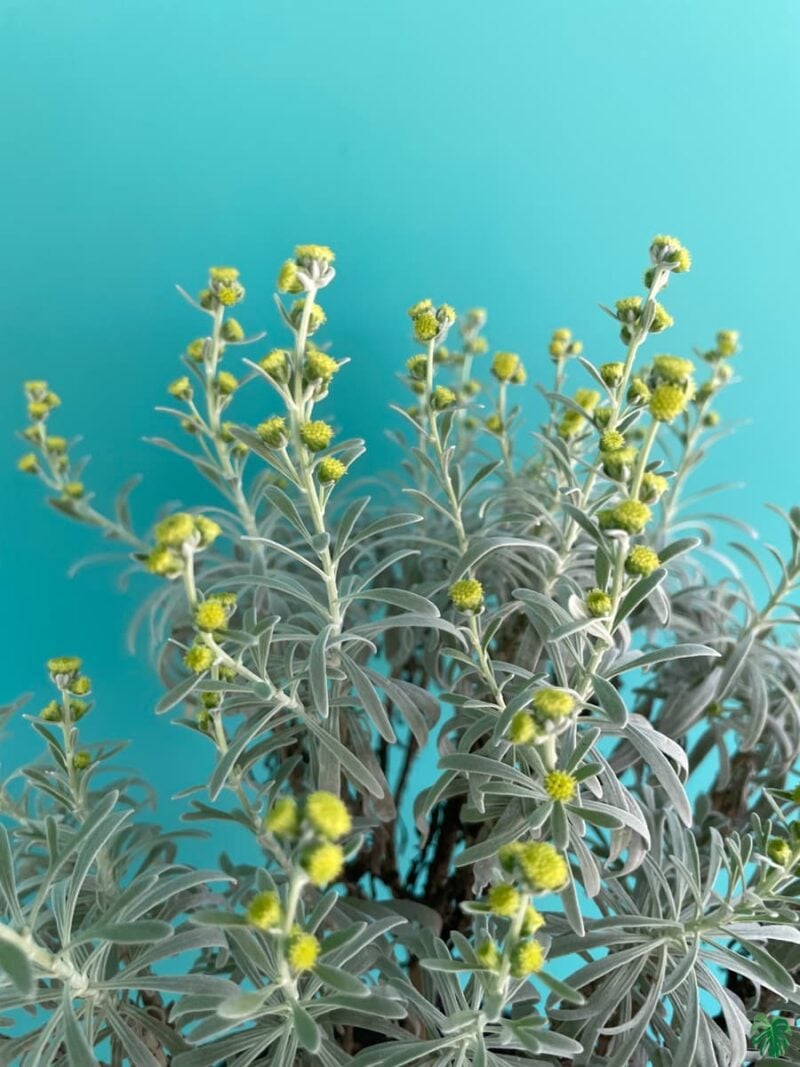Crossostephium Chinense

The Crossostephium Chinense is a beautiful shrub with lavender like fragrance. It is a member of the daisy family, Asteraceae. Also known as the Hibiscus Daisy, it occurs naturally in southern China, the Ryuku Islands, Taiwan and the Philippines where it grows near coastal areas on limestone and coral formations. It grows as a much-branched shrub that can attain a height of 30 cm tall, adopting a bushier appearance near the ends of each growing point and older leaves are usually shed away. Older plants flower freely and produce daisy-like flowers with yellow ray florets. Fruits are seldom formed in the tropics.
Besides being an ornamental plant, Crossostephium Chinense possesses some medicinal properties. It is a Chinese herbal medicine that is traditionally used to manage arthritis and rheumatism. In the Philippines and Thailand, an infusion of its aerial parts is documented to be used to calm the digestive system and promote the production of milk in lactating mothers. In China, it is used to treat congestions, cough and menstrual irregularities.
The leaves of Crossostephium Chinense are typically entire or trilobate, but occasionally bilobate or dissected into more than 3 lobes. Woody stem with light brown bark. Leaves are absent on the lower portion of the stem near the base, but are densely clustered at the branch tips. Compound flower resembles the yellow center of a Daisy. Each is composed of numerous disk florets and some ray florets. Inflorescence is a raceme with 1 major axis directly connected to short-stalked compound flowers.
This plant makes a good border plant for any garden where its silvery leaves contrast against a largely green background. It is not an easily plant to grow in the wet, lowland tropics as it is very sensitive to water-logging and prolonged wet feet.
Crossostephium Chinense is best planted in a pot containing well-draining, alkaline soil. Soil can be allowed to dry out a little between each watering. It should be protected under shelter during the wet monsoon season to avoid rotting of the plant. Crossostephium Chinense is seldom affected by pests. It has a moderate growth rate and is best grown in a partly sunny spot. Because seeds are not readily available, Crossostephium Chinense can only be propagated via softwood to semi-hardwood stem-cuttings.


















